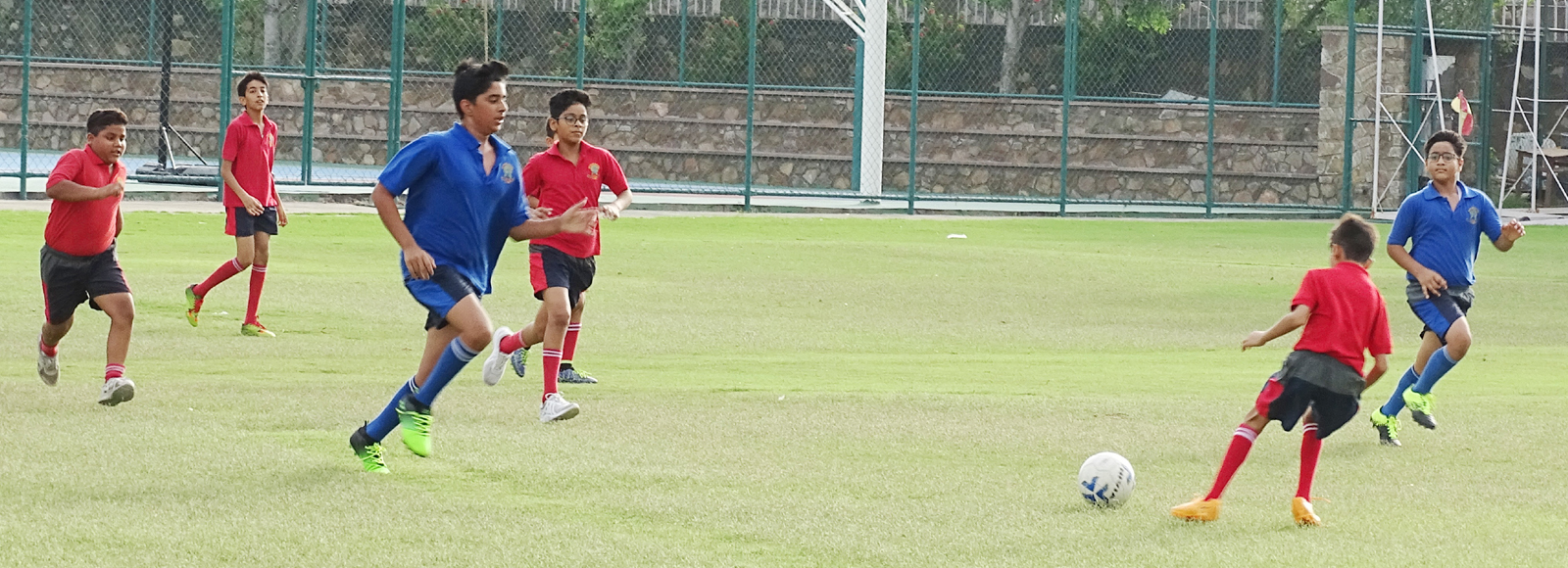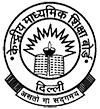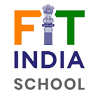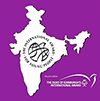PHILOSOPHY OF TEACHING HEALTH AND PHYSICAL EDUCATION
Health is a multidimensional concept and is shaped by biological, physical, psychological, social, economic, cultural and political factors. Access to basic needs like food, safe water supply, housing, sanitation and health services influences the health status of a population and these are reflected through mortality, morbidity and nutritional indicators. An analysis of the mortality and nutritional indicators from the pre-school, primary, secondary and senior secondary levels show that undernutrition and communicable diseases are the major health problems faced by majority of the children in this country. Therefore health is a critical input for the overall development of the child since it influences significantly enrolment, retention and completion of school. This subject area adopts a holistic definition of health within which physical education and yoga contribute to the physical, social, emotional and mental aspects of a child’s development. The basic understanding is that health of children contributes to their healthy living in the future and also provides the base for performance in the chosen area of work. Keeping in mind the importance of Health and Physical Education at school, a comprehensive programme for health, physical education and yoga is offered by the institution within the conceptual framework of the school curriculum.
At Primary School
Health is a critical input for the overall development of the child. This curriculum area adopts a holistic definition of health within which physical education and yoga contribute to the physical, social, emotional and mental development of a child. Recognizing this as a core subject area physical development through sporting activities is a must. During school hours children avail of our sports facilities through a carefully drawn up time-table for every class by engaging in activities like swimming, athletics and team games such as basketball, softball, handball, football, hockey, cricket, tennis and local forms of sports like kho-kho. Yoga is also introduced from the primary level besides Mass P.T. which is a regular feature for classes I to V every Friday morning.
The school sports facilities are also utilized, for special sports programmes like inter-house events, summer camp etc, both before school hours and after school hours to enable children with special talents for sports to receive special training during school and vacation periods.
At Middle School
The curriculum design for this area i.e. classes VI to VIII addresses the health and physical fitness needs of children at different levels. Students in grades three to six receive lessons based on fundamentals and learning to train, which focus on adapted games to foster enjoyment, achievement and creativity. Targeted areas of focus in the adapted games include motor skills and key sport skills so that they can be adapted for use in the variety of sports that are taught to students in grades seven and eight. Progressive scheme of work focuses on refining skills and developing game play and cognitive and social skills as well. The range of sports experienced has been extended to include international favourites like swimming, handball, softball and football while incorporating local favourites like hockey, badminton and volleyball.
Other than physical education, due emphasis on Health Education is also given considering that health education and children are viewed as a potential ‘target group’ for preventive and promotive activities, in accordance with numerous governmental plans. Health education basically focuses on several broad themes like We and Our Environment, Human Body; physical fitness and health, Food and Nutrition, Social Health and Relationships with Others, Safety and Security, Consumer Health; vocational and leadership aspects. Each of these themes has been addressed in a progressive and spiral manner right from the primary to the secondary classes keeping in view the preparedness of the child’s level of development.
The specific objectives of including Health Education at this level are to help children know and accept individual and collective responsibility for healthy living at home, school and in the community, to help children know their health status, identify health problems and be informed for taking appropriate remedial measures, to create awareness among children about rules of safety in appropriate hazardous situations to avoid accidents and injuries, to acquaint them with first-aid measures about common sickness and injuries and to help children learn correct postural habits in standing, walking, running, sitting and other basic movements so as to avoid postural defects and physical deformities. Thus theoretical instruction coupled with practices like yoga form an integral part of the school system.
At Secondary School
The objectives of including Health and Physical Education curriculum at this stage are to develop in the students the confidence and interest to get involved in exercise, sports and activities out of school and in later life, understand and apply the long-term health benefits of physical activity, to use a range of tactics and strategies to overcome opponents in direct competition through team and individual games, to develop their technique and improve their performance in other competitive sports [for example, athletics and gymnastics], to take part in outdoor and adventurous activities which present intellectual and physical challenges and be encouraged to work in a team, building on trust and developing skills to solve problems, either individually or as a group, to analyse their performances compared to previous ones and demonstrate improvement to achieve their personal best and to take part in competitive sports and activities outside school through community links or sports events organized by district, state and national administration.
The school offers Health and Physical Education as a compulsory subject at the IX and X level in compliance with the CBSE norms. Health education basically focuses on several broad themes like We and our environment, Human Body; physical fitness and health, Food and Nutrition, Social Health and relationships with others, Safety and Security, Consumer Health; vocational and leadership aspects. Each of these themes has been addressed in a progressive and spiral manner right from the primary to the secondary classes keeping in view the preparedness of the child’s level of development. Thus theoretical instruction coupled with practices like yoga form an integral part of the school system.
At Senior Secondary School
Physical Education is offered as an optional/elective subject at the plus two level. Pupils learn to tackle complex and demanding physical activities. They learn to get involved in a range of activities that develops personal fitness and promotes an active, healthy lifestyle.
The objectives of introducing PE at +2 level are to enable the students to use and develop a variety of tactics and strategies to overcome opponents in team and individual games [for example, badminton, basketball, cricket, football, hockey, tennis], to develop their technique and improve their performance in other competitive sports,[for example, swimming, athletics and gymnastics], or other physical activities [for example, trekking, shramdaan etc], to take part in further outdoor and adventurous activities in a range of environments which present intellectual and physical challenges and which encourage pupils to work in a team, building on trust and developing skills to solve problems, either individually or as a group, to evaluate their performances compared to previous ones and demonstrate improvement across a range of physical activities to achieve their personal best and continue to take part regularly in competitive sports and activities outside school through community links or sports events organized by district, state and national administration.










